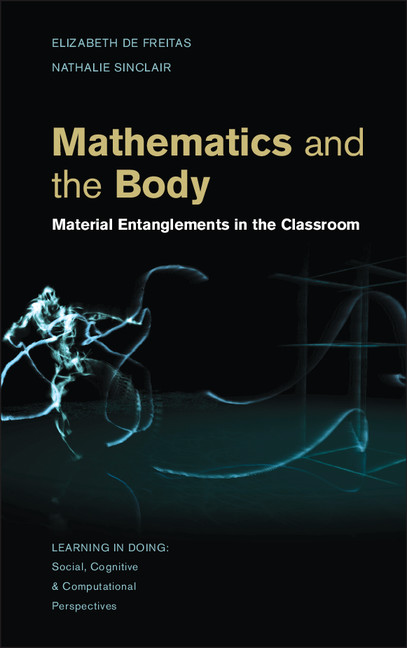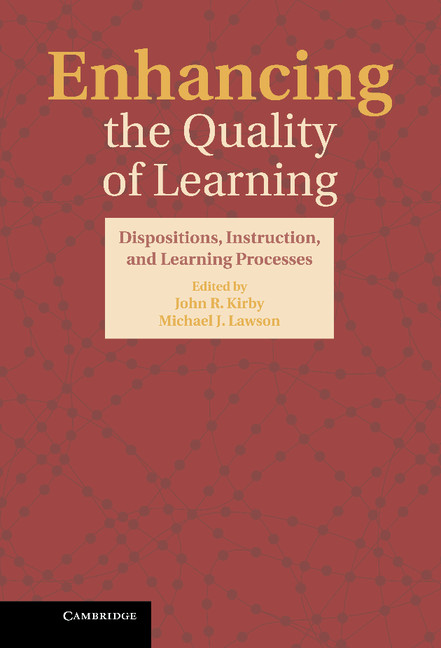Mathematics and the Body
This book explores alternative ways to consider the relationship between mathematics and the material world. Drawing on the philosophy of Gilles Châtelet and the post-humanist materialism of Karen Barad, the authors present an “inclusive materialist” approach to studying mathematics education. This approach offers a fresh perspective on human and nonhuman bodies, challenging current assumptions about the role of the senses, language, and ability in teaching and learning mathematics. Each chapter provides empirical examples from the classroom that demonstrate how inclusive materialism can be applied to a wide range of concerns in the field. The authors analyze recent studies on students' gestures, expressions, and drawings in order to establish a link between mathematical activity and mathematical concepts. Mathematics and the Body expands the landscape of research in mathematics education and will be an essential resource for teachers, students, and researchers alike.
- Includes numerous empirical examples so that readers can develop a broad-spectrum understanding of the ideas' practical application
- Develops a set of distinct tools for analyzing mathematics education
- Provides a thorough philosophical underpinning that enables readers to situate the various approaches to embodiment
Awards
Honourable Mention for Innovations in Curriculum Studies, 2015 Division B Outstanding Book Award, American Educational Research Association
Reviews & endorsements
"This book is a fabulous and timely contribution. It is a much-needed and radical critique of current embodied approaches within mathematics education, arguing that such approaches have, in large part, retained the very splits (inner/outer, individual/social) that they hoped to overcome. The scholarship is excellent and the writing is clear and concise."
Alf Coles, University of Bristol
"This book is challenging and bracingly intellectual, in a field that has not always been so orientated. But it is not only theoretical and sophisticated about its ideas; it is also intellectual and academic in the best sense about practical contexts of mathematics schooling and what I might term 'everyday' phenomena of educational interest."
David Pimm, University of Alberta
"The sense of timing for this work is finely tuned, because some of us have been thinking that too often in mathematics education, in particular, we have been asking the wrong questions in the wrong way. The authors' response is through a different 'conceptual space'. Rather than invoking a sociocultural, linguistic, or sociopolitical turn, the authors' specific approach is to explore the 'material'. It is an approach that invites dialogue from which new knowledge can be built."
Margaret Walshaw, Massey University
Product details
June 2014Hardback
9781107039483
284 pages
235 × 157 × 19 mm
0.51kg
65 b/w illus. 2 tables
Available
Table of Contents
- Introduction
- 1. When does a body become a body?
- 2. The 'ontological turn' of inclusive materialism
- 3. Diagrams, gestures, movement
- 4. Inventiveness in the mathematics classroom
- 5. Materialist approaches to mathematics classroom discourse
- 6. The sensory politics of the body mathematical
- 7. Mapping the cultural formation of the mathematical aesthetic
- 8. The virtuality of mathematical concepts
- Conclusion.






